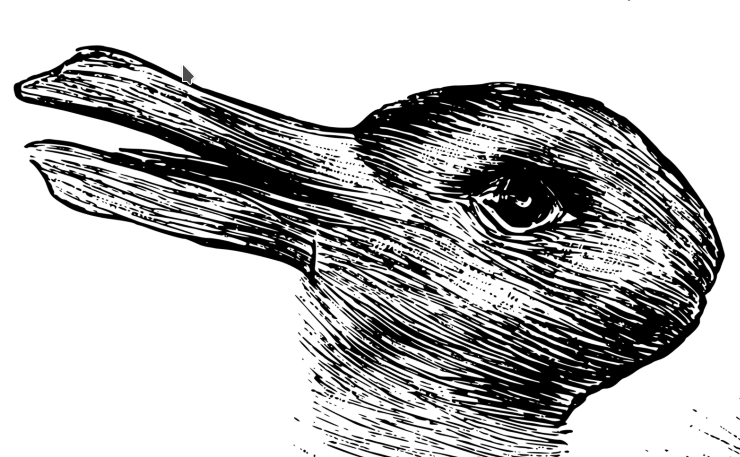
Worlding and the labour theory of value part three- art
There are works of art in which the primary reaction, at least on my part, is goodness how much effort went into this? Where did they find the time? Who paid for all this? Why did they bother?
This is in contrast to people who wonder, “Where do they get their ideas from?”
While the artistry may or may not be that of a maestro, the artwork may be without the intensity of an outsider to us normies, of the point of view of the manicly obsessed or mad, there is a certain point in which the art, that world-making act, is primarily about the conspicuous labour presented to you on a platter, a platform, a plinth.
Sometimes this art and artifice is so presented in the name of the artist-as-brand who actually makes the work, and sometimes it is presented as branded by the artists as curator of their own career, much like a first born son is recognised by a Lord of the Vale, and held up as worthy.
Sometimes it is in the name of an idea or concept, like anonymously built cathedrals, and the actual labour that makes the work is outsourced to unnamed art labourers or contractors. The worst of these are starchitects who have never lifted a hammer in their lives, they work for a moment of wow for their market that incorporates several hundreds thousands tonnes of global warming concrete.
None of this denies that they are artists, but it's a type of definition that relies to much on exclusion, and alienation, if not of labour, then of artistry more widely acknowledge in the populace. Those bastards are not my sons.
Suffice it to say here that the effort and the name that labels the artwork are often separated by various intermediate forces, resulting from negotiations, and resulting compromises or at least satisfactions for a consideration, in markets and arrangements of fiat. The way a landlord steals the land and captures all the work put into the house by leasees, customers and their friends.
Where the mistakes always tend to be in favour of the local narcissist.
So now go read “Do it for the house” again in part 1 of this series on worlding and the "labour theory of value".
See how it reframes your view of what you like in art or design or products generally. See how it reframes your perspective on psychopaths among us and the opportunity costs they make when they bully others out of the way, elbows akimbo.
